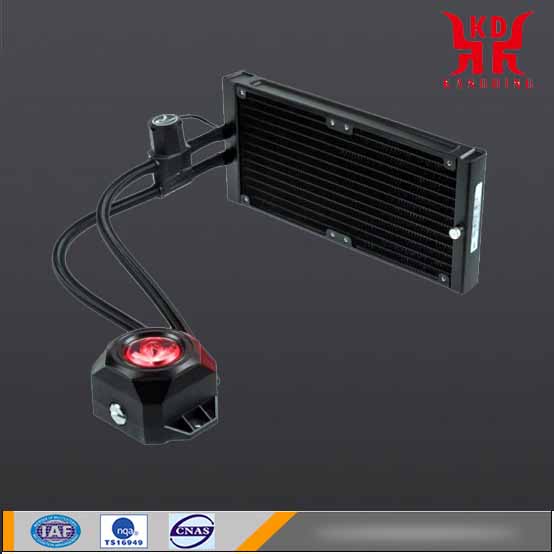
In the field of PCBA and electronic products, the design itself depends on the ability of the design to adjust the temperature correctly. Heat dissipation is critical to PCBA performance, function and life cycle.
What is a heat sink?
In the PCBA field, managing and conducting heat are critical to the overall success of the circuit board design. Almost all PCBs use large areas of metal for ground planes or power planes, which are usually connected to many component pins. When these pins are the leads of through-hole devices, the desoldering or soldering of these pins may cause great difficulties for large amounts of metal on the plane. This requires heat dissipation.
The form of heat dissipation of PCB is heat dissipation pad. These thermal pads are PCB pads that can be connected to the copper casting pan by thermal connection. Whether your PCB design is a simple single-sided board or a complex multi-layer board, there are usually some important metal areas on it for power conduction and grounding. The metal can be a trace network or a larger fill power plane.
In either case, the additional metal behaves like the heat sink of the connected pin, causing soldering problems, such as:
Regarding SMT component pins, these problems usually occur when a smaller SMT component solders one of its pins directly to a larger area of metal. The metal imbalance between the pins will produce a heating effect, which is the result of the melting of one side of the solder faster than the other.
For through-hole components, the pins may not receive enough heat to support proper soldering, resulting in cold solder joints. In addition, attempts to desolder through-hole components that are directly soldered to important metal areas will cause excessive heat to be applied, which may cause damage to the PCB, traces, and components.
Other thermal considerations
The design of the circuit board requires components to be connected to these wide metal areas to achieve the necessary functions.
Another exacerbating problem is that the design requirements usually include as much metal as possible to accommodate the electrical requirements of the PCB.
And, in order to promote increased current load and enhance power integrity, the power grid also needs this metal. As you might think, this creates a dichotomy between electrical performance and manufacturability standards. But this is where heat dissipation can provide a much-needed compromise.
PCB heat dissipation guide
If you connect the through-hole pins to the power plane, fill metal or a metal wider than the pad of the component, use a thermal pad.
If the SMT component is directly soldered to a wide metal area, the heat dissipation measures between the pad and its soldering area can be used.
Correlate the power conduction level of this pin with your width and the number of spokes for heat dissipation. For example, if its power requirement is a minimum trace width of 30 mils, then your thermal pad should have 30 mil spokes (ie, all three spokes are 10 mils wide).








